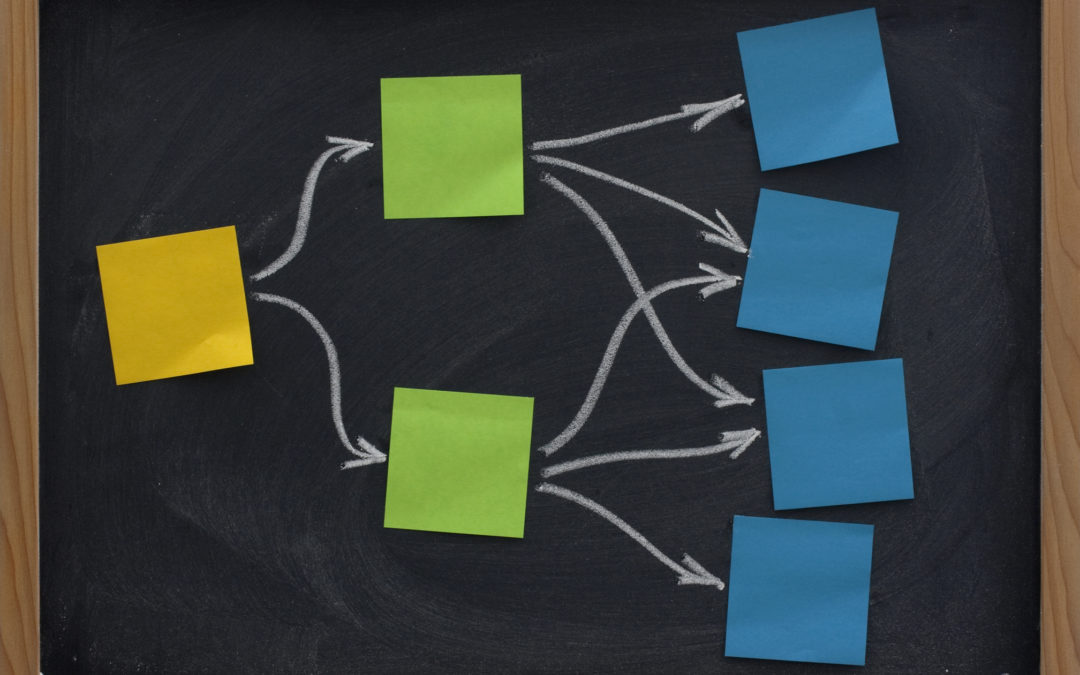Today we complete our blog series on how to get the most out of virtual learning to maximize knowledge retention and apply new skills. Critical, is the installation of new brain PARTS. Quite literally. Let’s complete our focus on the S in PARTS: Sustain new learning. Last week we looked at the benefits of seeing what you are learning. Let’s look at the final way of sustaining new learning: Using structure!
Structure helps new learning stick
The more challenging or complex the information or skill that you are learning – the more critical it is to chunk your thinking, or the concepts, down into memorable bite sized pieces. Our brain’s prefrontal cortex, often called our executive centre, processes new learning like a virtual sketch pad, and only has capacity to hold small amounts of data, at any one time.
Keep it simple
We all have different ways of structuring and organizing information, depending on our unique thinking and processing preferences. Some of us use notepads, others prefer whiteboards, sticky notes, spreadsheets, to-do lists, charts, mind maps or action plans. Each is useful: what is most important is to use any mechanism for capturing and organizing what you are learning in a way that is logical and meaningful and can easily be accessed and applied.
Most important is to keep it simple: Just the physical act of writing down notes, rather than using a keyboard, has been shown to improve memory for new information. Researchers suggest that physically writing by hand promotes a deeper encoding of new information far greater than what is possible when typing on a keyboard. *
Chunking things down
Reviewing notes we’ve taken, and then refining them down into key points and smaller sets of data – helps our brain hardwire new information. It’s what learning specialists call ‘chunking’: An active learning strategy that helps the brain recode and consolidate new information into meaningful groups (i.e. chunks) and decreasing the effort it takes to cognitively process and then recall that information in the future.
The simplest way to use chunking:
1. Group all your notes and information into smaller sets of related information. These could be sets of related tasks, facts, actions, functions etc., depending on what you are learning.
2. Organize these smaller ‘chunks’ of information into one broader structure depending on what makes most sense for applying it. This could be in the form of a mind map, a set of milestones, or instructions, depending on what you are learning. Organize based on priority or logical flow.
This concept can be extended further by adding visual representations of your chunked information. See last week’s blog for more on that.
* Front. Psychol., 09 May 2017,‘Only Three Fingers Write, but the Whole Brain Works†: A High-Density EEG Study Showing Advantages of Drawing Over Typing for Learning’


Recent Comments